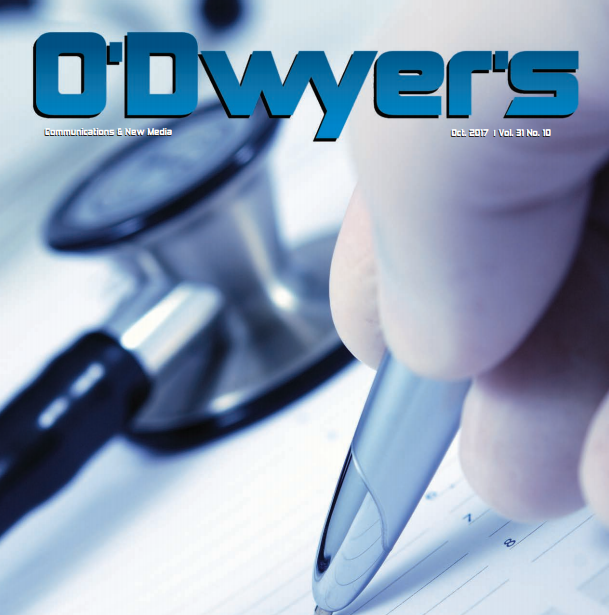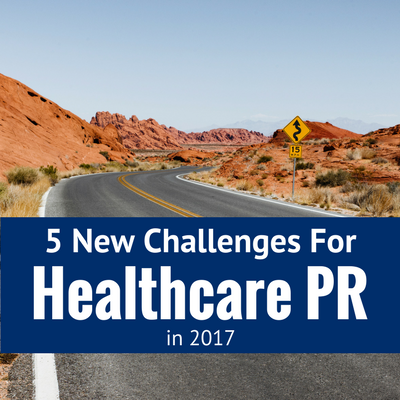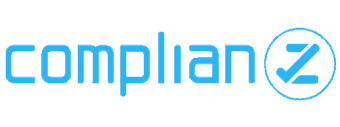Five Basic Tips for Writing Better News Releases
The primary goal in much of our work is to get our clients’ stories out there to the general public in a way that explains and promotes their best efforts. I worked in the media for 40 years, including 33 years at The Washington Post, and over the course of my reporting and editing career I read (or at least glanced at the headlines of) many thousands of news releases to decide whether they were worth publishing in some form and whether there might actually be a substantial story worth assigning a reporter to tell our readers.
As a Post editor, part of my job was training young reporters, and the tips that I shared then still apply for much of the work we do in public relations. Mostly, these are simply common sense, but I always find that when I drift away from them, I can run into trouble.
- SLOW DOWN! Deadlines can make you sweat and drive you crazy. You’re watching the clock. You’re worrying about all the other things you have to do. You’re thinking that you better start typing right now. But there is a Zen concept that applies here: slower is faster. Slowing down will center you. Allowing yourself to spend just a few minutes gathering your thoughts and outlining the main points you need to cover will result in saving you a lot of time when trying to go faster.
- GET THE FACTS STRAIGHT! This is perhaps the most crucial point of all. You have nothing more valuable than your reputation and your credibility. If you put out information that is clearly incomplete or, worse yet, incorrect, people will remember it. We work hard on our earned media strategy and outreach, but the media will only devote their time and energy to one type of source: the trusted one. Lose that trust and it’s virtually impossible to regain. This is also fundamental in reference to your client: if they lose faith in your accuracy and carefulness, you’re toast. When in doubt, check it out!
- KEEP SENTENCES SIMPLE! Reading a piece of writing should be an easy, smooth, non-stop experience for the reader. The more complicated your sentence, the more likely to make the reader stop and have to re-read what you’re trying to say. The best, clearest and most effective writing is in the active voice—the traditional Subject-Verb-Object structure is almost always more clear and impactful than a sentence with a variety of clauses and a bunch of commas.
- KEEP WORDS SIMPLE TOO! A news release is not an academic treatise or an epic poem. You want to convey information as clearly and easily as possible. In health care and science communications, we use complex and technical language. But we shouldn’t overburden readers by showing off our vocabulary. The more hifalutin big words that you use, the more likely you are to force the reader to have to stop and look up the word—or, worse, just stop reading. Generally, it’s a helpful rule not to use a written word that you would not also use in your conversational speech.
- PROOFREAD! THEN PROOFREAD AGAIN! This is just as crucial as ‘Get the Facts Straight’ because good proofreading can catch virtually all your mistakes. Hitting the “Send” button without thorough proofreading is a very risky move. Having the discipline to proofread twice can make a huge difference. I recommend proofreading aloud to yourself (in a whisper, usually, so you don’t bother your co-workers) so you can actually hear what your sentences sound like. Then, take a short break and come back to proofread again. You’ll be surprised at how much better you can make your final version.












